
DNV Sesam Pipelines 2025 include: DNV Sesam Pipelines 2024 Tested Picture DNV Sesam Pipelines 2024 Tested Picture FatFree V13.2-00 Helica V4.0-02 PET V4.1-00 PILSS V2.3-00 RP-F101 V1.0-02 ST-F101 V4.1-00 SimBuck V2.0-03 StableLines V2.0-01
KFX/EXSIM is specifically developed for safety-related applications, addressing scenarios such as gas dispersion, fires, explosions, and other industrial challenges. Its features include the porosity technique, Lagrangian model for droplet releases, the ability to handle multiple simultaneous releases in a single model, and seamless integration with Finite Element software for structural response analysis. Extensive usage and testing in numerous industry studies, both by DNV and external customers, have established KFX as a robust and stable simulator. Furthermore, the software has been developed in close collaboration with industry partners to best understand and address industrial needs efficiently and accurately. Notably, ongoing advancements include an advanced liquid CO2 release model that accounts for complex thermodynamics, two-phase releases, dry-ice formation and deposition, as well...

CFD dispersion modelling, new ignition models and dynamic pressure in exceedance curves are just some of the new and improved features available in the newly released Phast and Safeti 9.1. Available versions: 9.x ,8.x ,… DNV Phast&Safeti 2025 v9.1 Tesed Picture Key features of the release that improve safety and risk management include: CFD dispersion modelling in Phast Understanding the impact of flammable releases on the surroundings is important. We’ve introduced a CFD dispersion source scenario in Phast, powered by KFX™, our computational fluid dynamics tool for dispersion and fires. This enables more accurate atmospheric dispersion modelling for vapour, two-phase, and liquid flammable releases, which is essential for assessing the possible impact on people, buildings, or critical safety systems. It should be...
DNV Sesam Package 2025 Software suite for hydrodynamic and structural analysis of offshore wind, offshore oil and gas, and maritime structures. Available versions: 2025.x ,2024.x ,2023.x ,2022.x ,… Sesam is a software suite for hydrodynamic and structural analysis of ships and offshore structures. It is based on the displacement formulation of the finite element method. An overview of Sesam is shown below. The four groups of programs: preprocessors, hydrodynamic analysis programs, structural analysis programs and postprocessors, are bound together by a set of Sesam Interface Files and Formats, the green “H” in the figure. All major inter-program communication goes via this well-defined set of files. The exception is for Sesam Core that streams data from Sestra directly. Sesam customers can...

Synplify FPGA synthesis software is the industry standard for producing high-performance and cost-effective FPGA designs. Synplify software supports the latest VHDL and Verilog language constructs including SystemVerilog and VHDL-2008/2019. The software also supports FPGA architectures from a variety of FPGA vendors including Achronix, Intel, Lattice, Microsemi and AMD/Xilinx, all from a single RTL and constraint source. Available versions: 2025.x ,2024.x ,2023.x ,… Synopsys Synplify FPGA 2024.09 Win/Linux64 Tested Picture In addition, the Synplify synthesis tool provides high performance, faster runtime, area optimizations for cost and power reduction, incremental and team-design capabilities for faster FPGA design development. It includes features such as TMR and HAMMING-3 for FSM, that automates the creation of highly reliable designs such as those used in medical, automotive, industrial...

Photonics enable low footprint, high bandwidth, and energy-efficient devices,systems, and integrated circuits (ICs). This is driving the expansion of photonic technologies in a broad range of industries and technologies, including high-performance computing (HPC) and data centers, consumer wearables,automotive, sensing, AI, and quantum information science. Synopsys is accelerating the adoption of photonic IC technologies with a seamless, unified design platform to help IC designers and photonic engineers innovate and succeed in a wide range of silicon photonic and fiber-optic applications. With Synopsys solutions, design teams have access to industry-leading electronic and photonic design software to achieve greater productivity, accuracy, and faster time to market. Synopsys Photonic-Solutions include:Photonic Integrated Circuits(Synopsys OptoCompiler under Linux64),Photonic Systems(Synopsys OptSim),Photonic Devices(RSoft Photonic Device Tools). The RSoft Photonic...

ImSym – Imaging System Simulator, a groundbreaking virtual prototyping platform for imaging systems, encompassing lenses, sensors, and image signal processors (ISPs). By integrating components of the imaging chain into a comprehensive end-to-end simulation platform, ImSym enables tailored optimizations of any imaging system, facilitates team collaboration, and dramatically reduces the risks of issues in later development stages. With accuracy powered by industry-proven CODE V® and LightTools® optical design software and a quantitative end-to-end simulation flow, ImSym reduces the need for physical prototypes and delivers simulations that can directly translate into production-ready designs. Synopsys ImSym 2024.09 Tested Picture Enhance Your Optical System Development with ImSym Visualize images with precise, quantitative data Streamline your development process Deliver your next great imaging product to...

Kingdom integrates geoscience, geophysics and engineering into a single, easy-to-use software solution, enabling asset teams to make confident and faster decisions from exploration to completion. Our solutions are simplified, giving you access to advanced geoscience/scientific tools that are affordable, easy to learn and install and come with excellent support and training.”Advanced” FULL version not only “Core” version. Available versions: 2025.x ,2024.x ,2023.x ,… IHS Kingdom Advanced 2025 v19.0 HF3 Tested Picture Advancing exploration and conventional workflows in Kingdom 2025: Depth synthetic correction Advanced volumetrics analysis CNN Fault Attribute – multiple direction prediction performance improvements Zone data management improvements Spatial Explorer integration with ArcGIS online via Single Sign On Enhancements to VelPAK, Inversion, and LogToVolume What’s New in IHS Kingdom 025...

Design and Verification Tools (DVT) IDE is an integrated development environment for Verilog, SystemVerilog, Verilog AMS, VHDL, UPF, CPF, e Language, and PSS, helping design and verification engineers significantly improve their productivity. Available versions: 25.x ,24.x ,23.x ,… AMIQ DVT Eclipise IDE 2025 v25.1.8 Win/Linux Tested Picture Unlike plain text editors providing regular expression-based capabilities, DVT IDE compiles the code and signals errors as you type, speeds up code writing using auto-complete and quick-fix proposals, and allows you to find anything you are looking for instantly. DVT IDE enables engineers to overcome the limitations of plain text code editors and address today’s project complexity more efficiently. It enables faster and smarter code development and simplifies legacy code maintenance for novices...

CABINET VISION is the industry leading software tool for the cabinet & joinery industry. Our software will help enable any furniture, commercial fit-out or cabinet manufacturer to fully automate and integrate their design through to manufacturing processes. Available versions: 2025.x ,2024.x ,2023.x ,… Hexagon CABINET VISION 2025.1 Tested Picture There are some great new features we hope you can take advantage of to improve your usage of CABINET VISION. Here are a few of the highlights: Major performance improvements when going from CV to S2M CENTER Modify Construction Methods per Assembly Modify Material Schedules per Assembly Apply Connections to any Edge Reorder Rooms New from the ground up, simplified installation What’s New Start Up Tips Redesigned Welcome Screen Redesigned Sidebar...
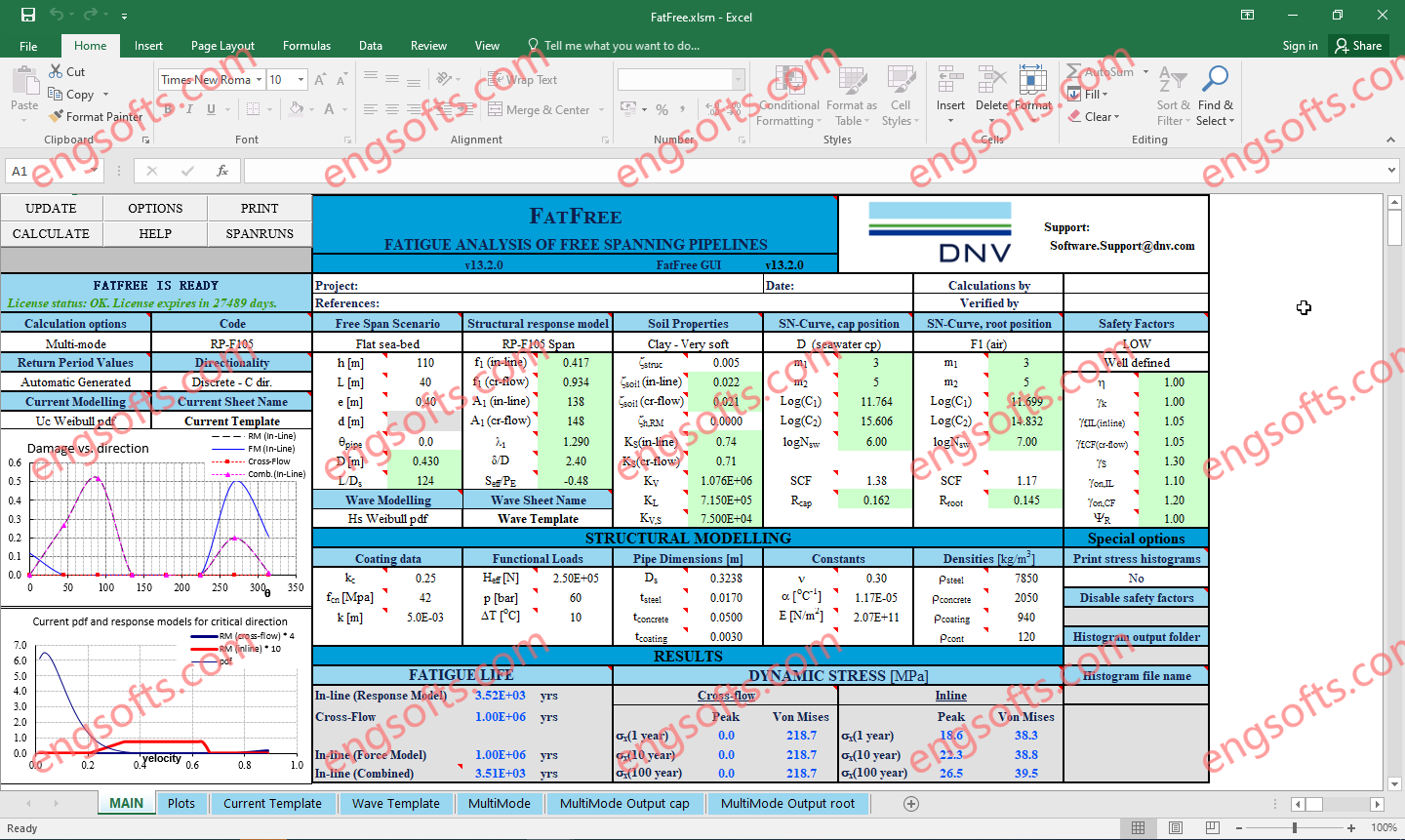

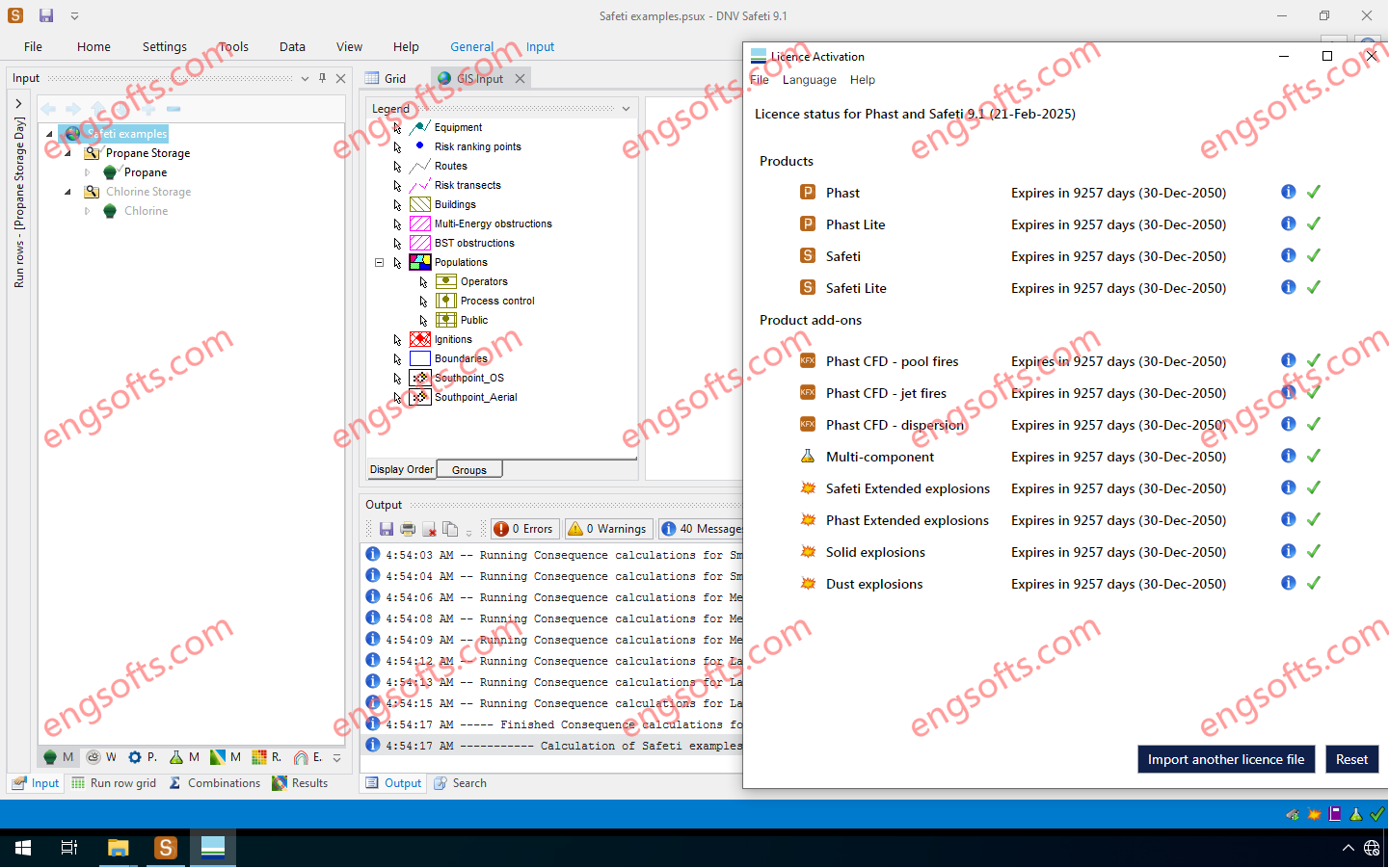
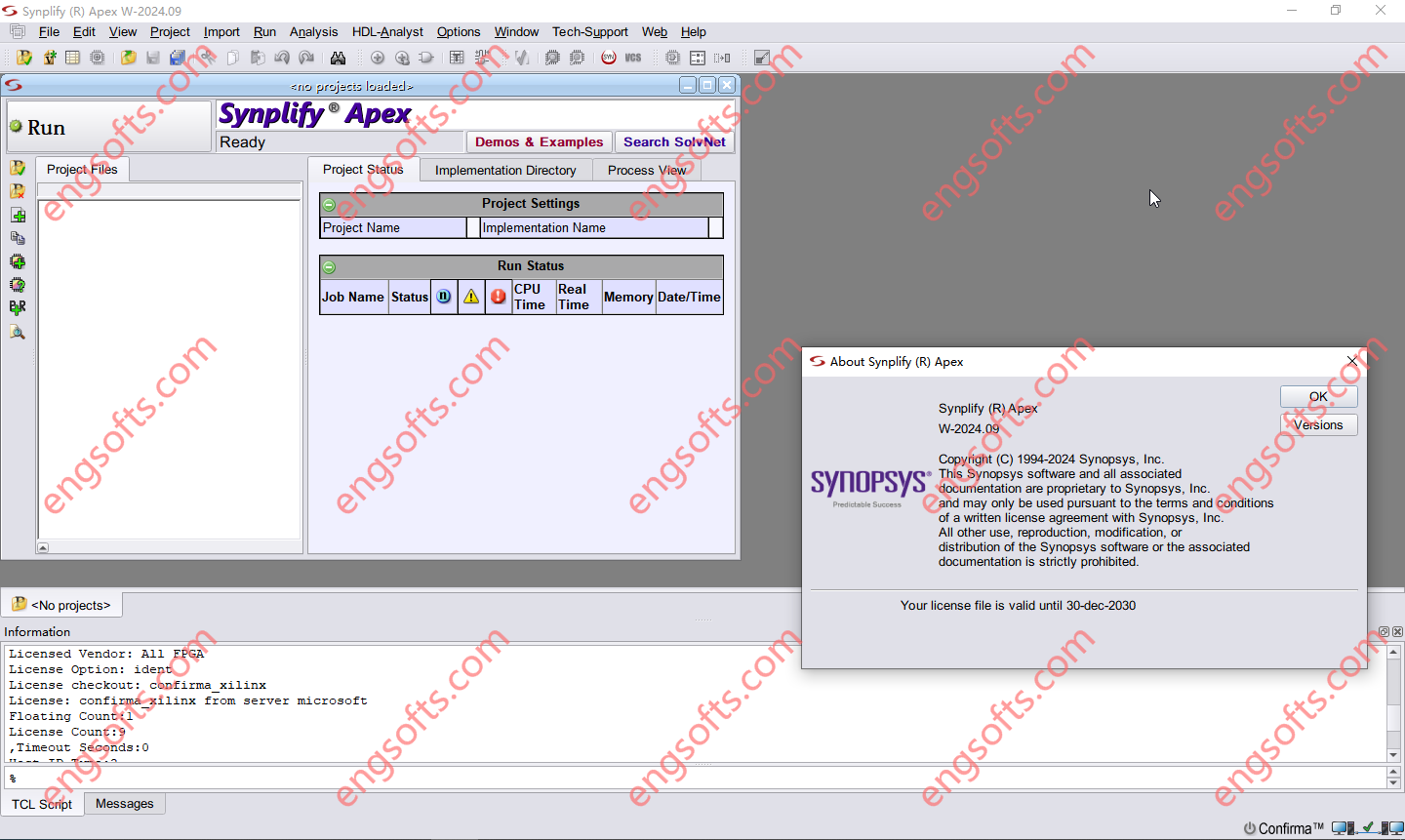
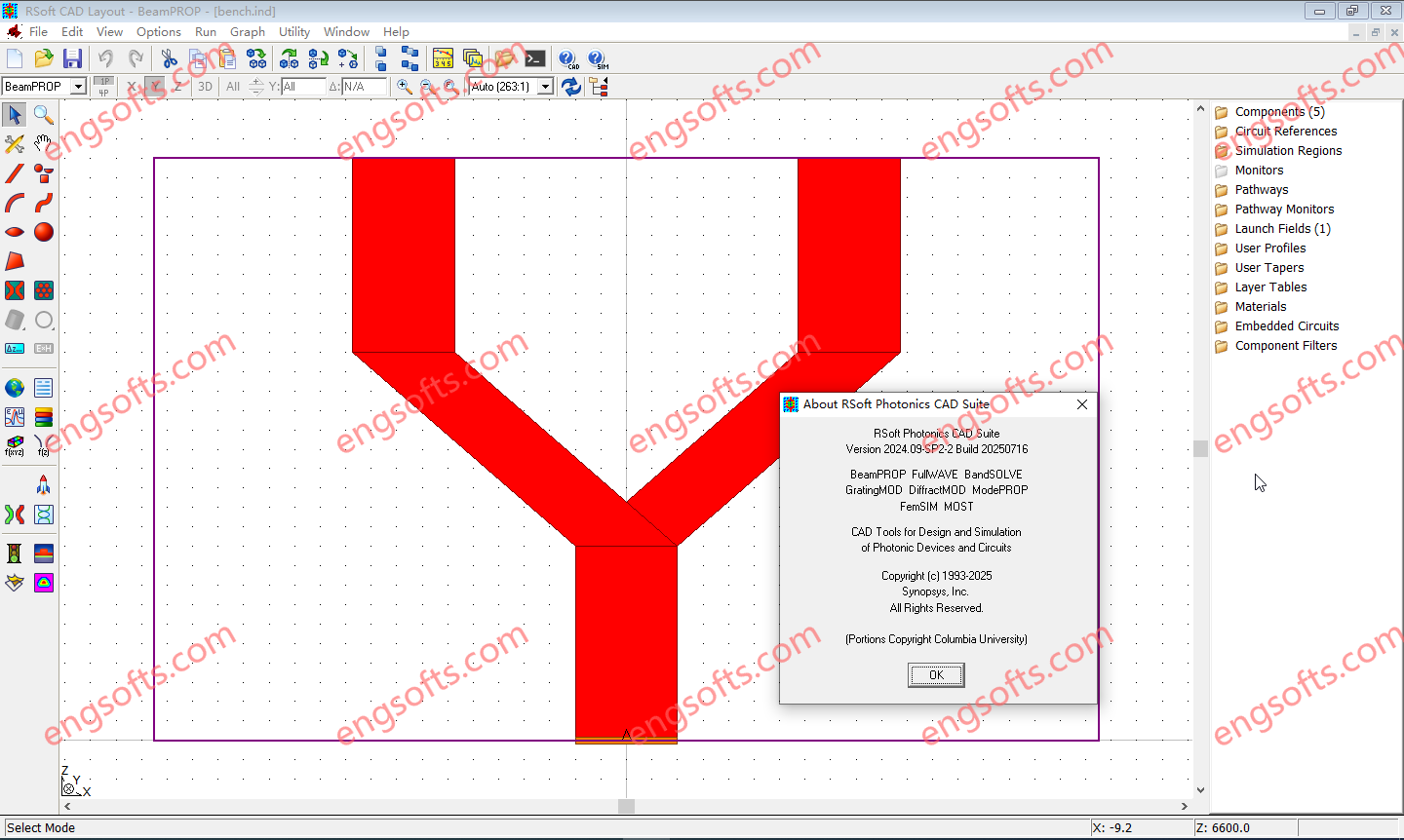

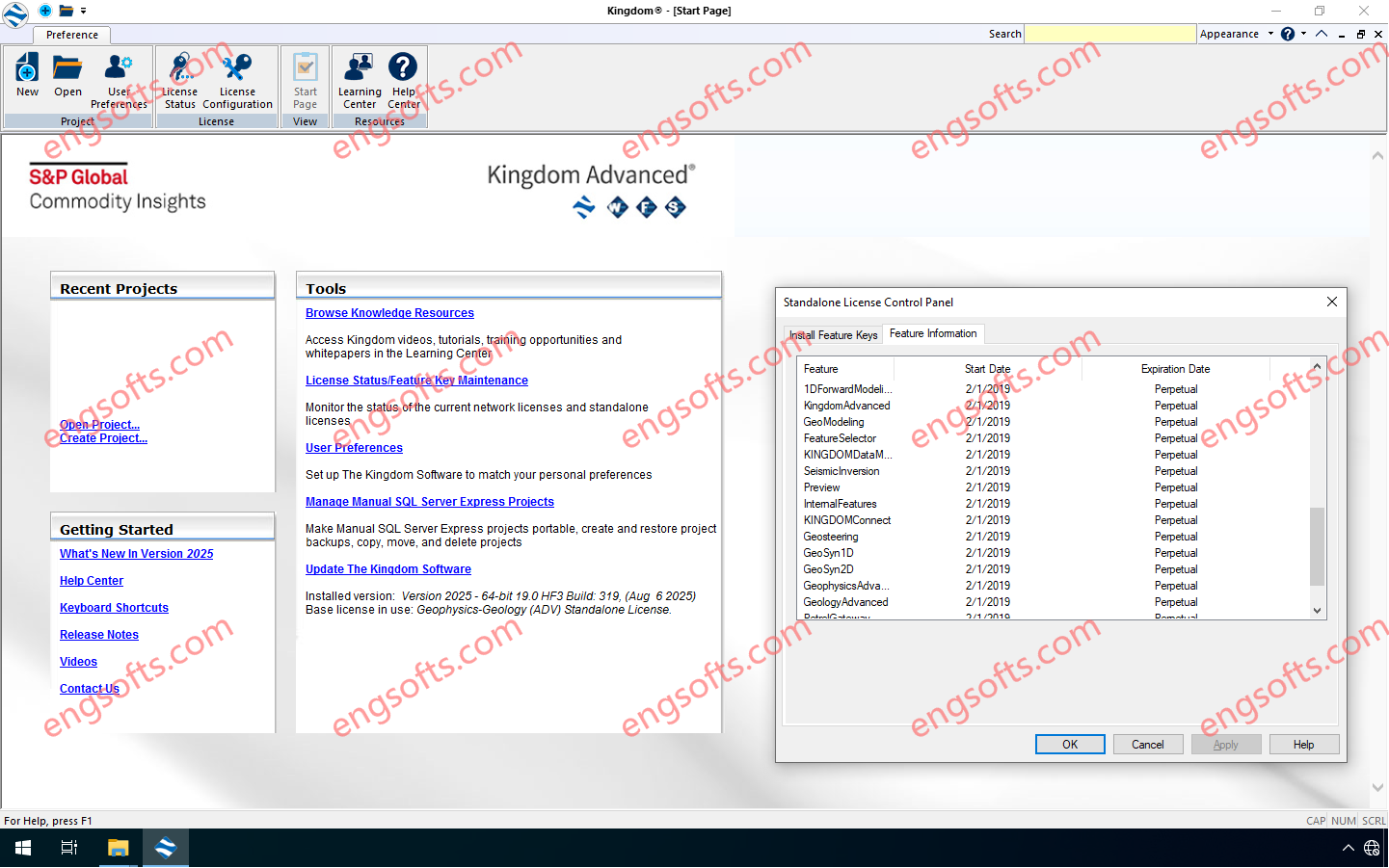
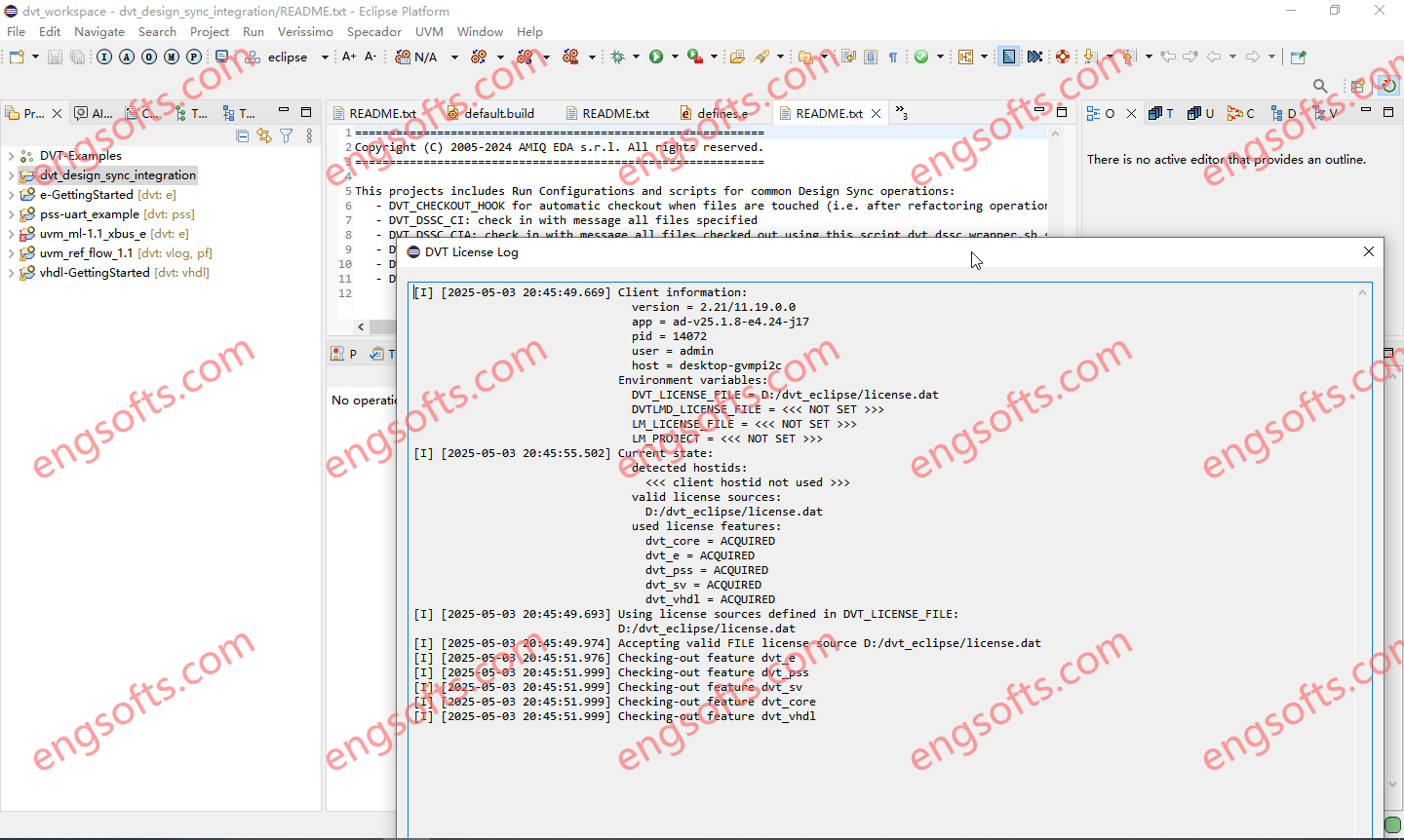
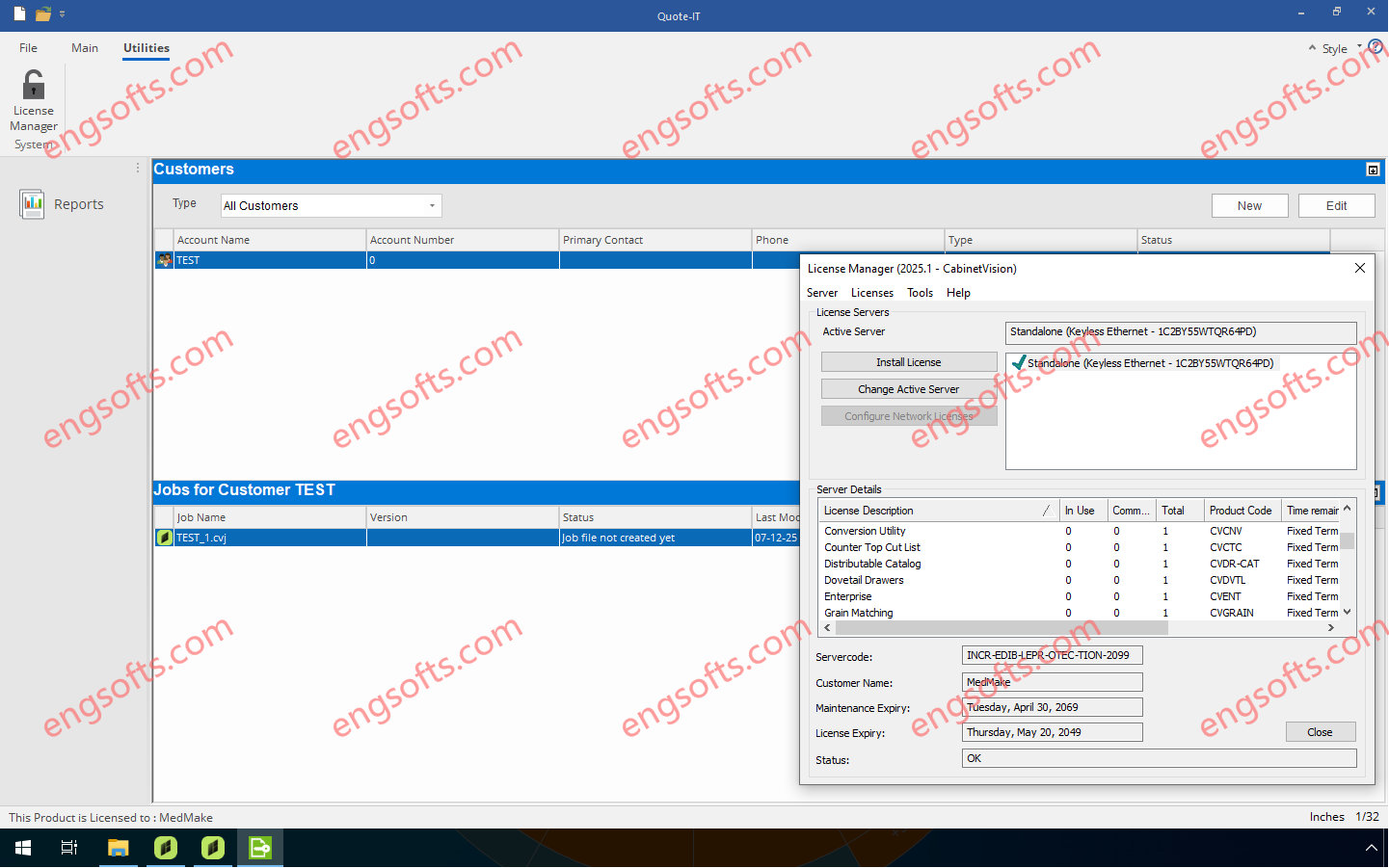
 ID:softmed
ID:softmed ID:956575828
ID:956575828